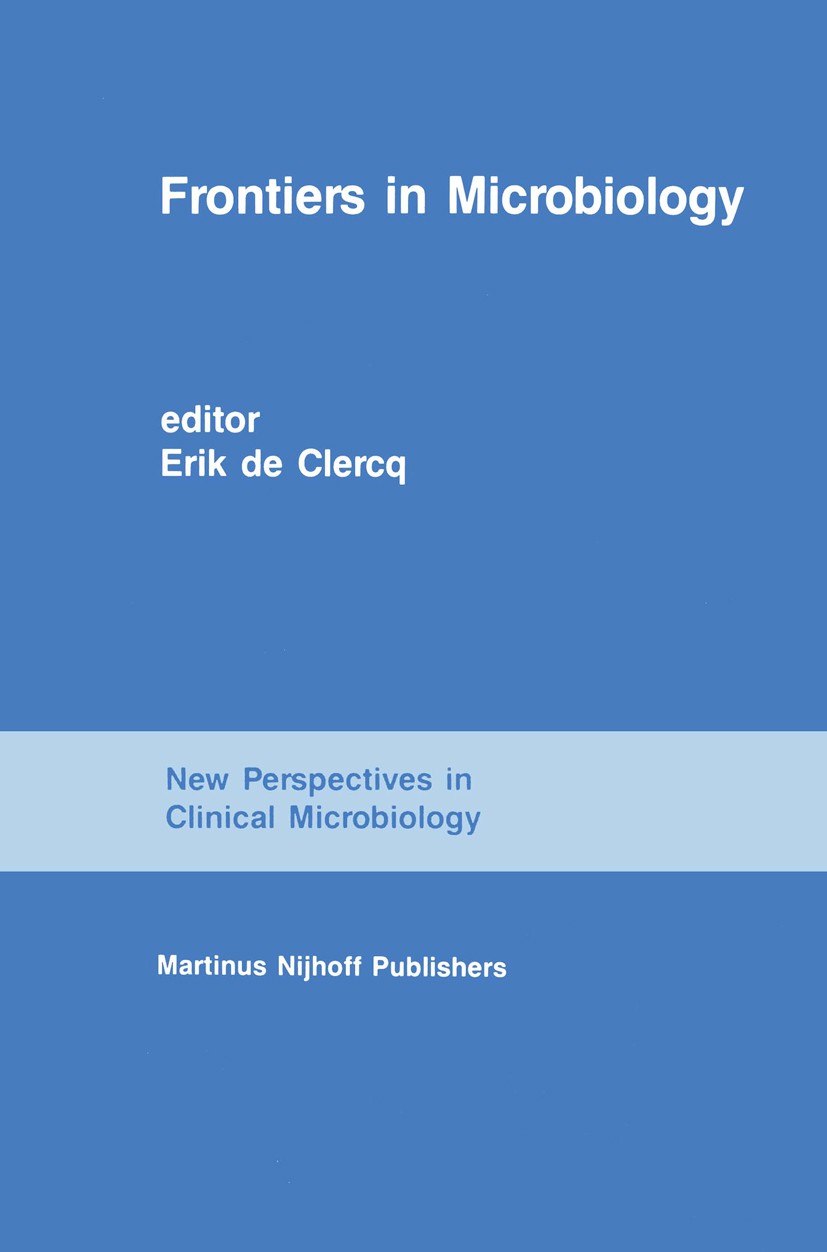Oxygen regulation of microbial communities and chemical compounds in cigar tobacco curing
IF 4
2区 生物学
Q2 MICROBIOLOGY
引用次数: 0
Abstract
IntroductionCuring is a critical process that determines the sensory quality of cigars. The impact of oxygen on cigar curing and the mechanisms by which it regulates microbial changes affecting cigar quality are not well understood.MethodsIn this study, we selected handmade cigars from the same batch and conducted curing experiments in environments with varying oxygen concentrations (equivalent to 0.1%, 6–12, and 15% of atmospheric oxygen concentration). We collected samples over 60 days and analyzed the distribution of microbial communities using high-throughput sequencing. Combined with the analysis of total sugars, proteins, flavor substances, and other chemical compounds, we elucidated how different oxygen concentrations affect the cigar curing process, influence microbial community succession, and ultimately impact cigar quality.ResultsOur results revealed significant differences in bacterial community composition under different oxygen conditions. Under aerobic conditions,氧气对雪茄烟烘烤过程中微生物群落和化学物质的调节作用
导言腌制是决定雪茄感官质量的关键过程。在这项研究中,我们从同一批雪茄中挑选出手工制作的雪茄,在不同氧气浓度(相当于大气氧气浓度的 0.1%、6-12% 和 15%)的环境中进行腌制实验。我们收集了 60 天的样本,并利用高通量测序技术分析了微生物群落的分布情况。结合对总糖、蛋白质、风味物质和其他化合物的分析,我们阐明了不同氧气浓度如何影响雪茄的腌制过程、影响微生物群落的演替并最终影响雪茄的质量。在有氧条件下,蓝细菌是优势细菌,而在限氧条件下,葡萄球菌和棒状杆菌则占优势。随着氧气浓度的降低,细菌群落的丰富度和多样性也随之降低。相反,氧气浓度对真菌的影响较小;曲霉菌是所有样本中的优势菌属。我们还发现,肠球菌与天冬氨酸、丙氨酸和 4-氨基丁酸呈正相关,而与半胱氨酸呈负相关。在氧气浓度为 15% 的条件下腌制 60 天的雪茄表现出最佳品质,尤其是在风味的丰富度和甜度方面。特定微生物群落与风味化合物之间的关系也为开发雪茄腌制过程中的人工控制技术提供了理论参考。
本文章由计算机程序翻译,如有差异,请以英文原文为准。
求助全文
约1分钟内获得全文
求助全文
来源期刊

Frontiers in Microbiology
MICROBIOLOGY-
CiteScore
7.70
自引率
9.60%
发文量
4837
审稿时长
14 weeks
期刊介绍:
Frontiers in Microbiology is a leading journal in its field, publishing rigorously peer-reviewed research across the entire spectrum of microbiology. Field Chief Editor Martin G. Klotz at Washington State University is supported by an outstanding Editorial Board of international researchers. This multidisciplinary open-access journal is at the forefront of disseminating and communicating scientific knowledge and impactful discoveries to researchers, academics, clinicians and the public worldwide.
 求助内容:
求助内容: 应助结果提醒方式:
应助结果提醒方式:


